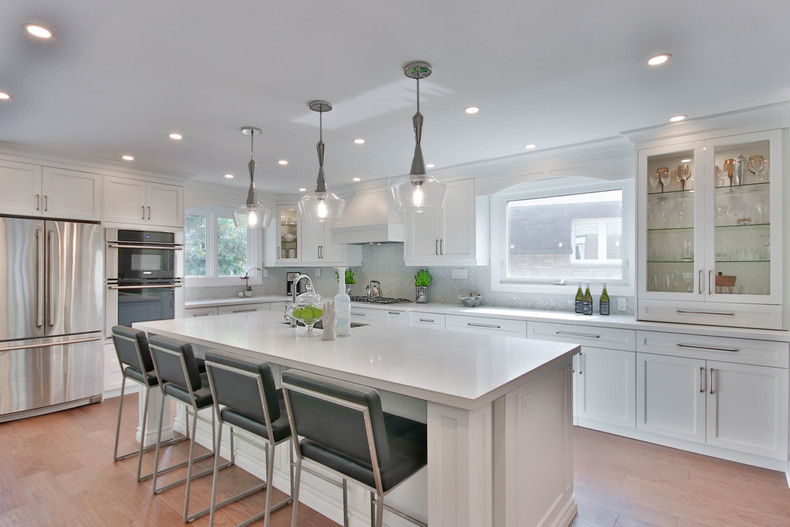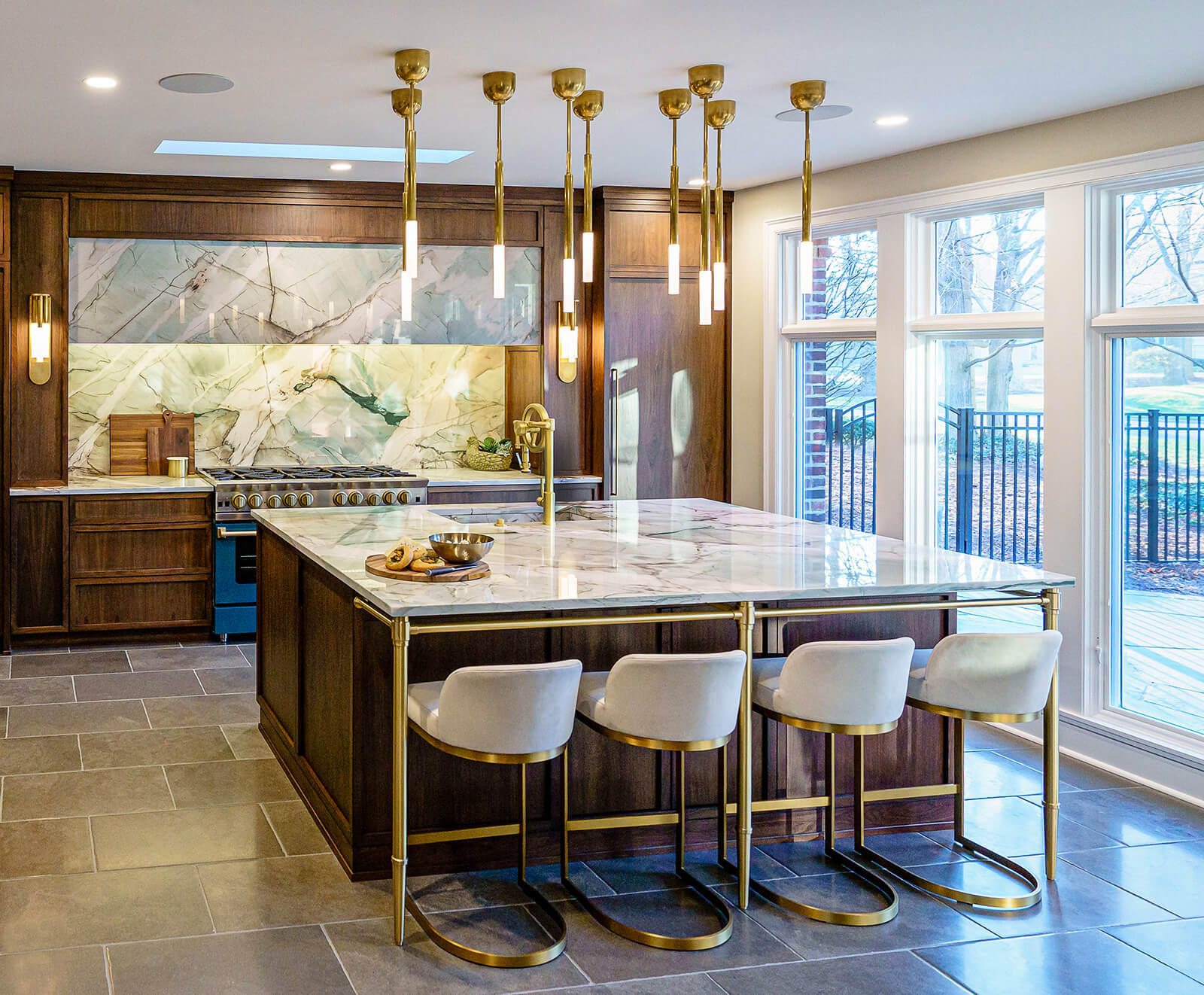Discover Modern and Classic Layouts in Legs For Kitchen Island Projects
Discover Modern and Classic Layouts in Legs For Kitchen Island Projects
Blog Article
Important Factors to Think About When Selecting Legs For Kitchen Area Island
Selecting the ideal legs for a kitchen area island involves a mindful analysis of numerous aspects that can substantially affect both functionality and aesthetic allure. Amongst these, the selection of product plays a pivotal function in guaranteeing resilience, while the design needs to enhance the existing style. Furthermore, considerations such as elevation and weight assistance are necessary for stability and comfort. As we discover these aspects, it comes to be clear that each choice can have far-ranging effects for the general kitchen experience. What nuances should be taken into consideration in each of these groups to accomplish the suitable equilibrium?
Material Options
When choosing legs for a kitchen island, recognizing the different material options is vital for accomplishing both visual appeal and structural integrity (Legs For Kitchen Island). The choice of product significantly affects not only the toughness of the island however also its overall layout and functionality
Steel legs, usually made from stainless steel or functioned iron, contribute a modern and industrial feel while making certain toughness and security. These materials are resistant to wear and can support substantial weight, making them perfect for larger islands.
Another alternative is engineered materials, like MDF or plywood, which can be more cost-efficient while still supplying a variety of surfaces. They might not give the very same degree of stability as strong timber or steel. Legs For Kitchen Island. Last but not least, materials such as acrylic or glass can produce a contemporary appearance, though they may call for extra support to ensure security.
Inevitably, the selection of material for kitchen island legs ought to straighten with the desired performance and the total style of the kitchen area.
Design And Style

When considering design, the shape and finish of the legs are crucial. Tapered legs can give a sense of agility and elegance, while thicker, more durable legs can communicate stamina and stability. Additionally, the coating-- be it painted, tarnished, or natural-- should match the kitchen cabinetry and counter top products to create a unified appearance.
Additionally, the style of the legs can additionally show personal taste. Customized or attractive legs, such as those including complex carvings or unique geometric shapes, can serve as focal points, including personality and character to the cooking area. Ultimately, the best selection will not only enhance functionality but also boost the aesthetic appeal, making the kitchen area island a standout feature of the home.
Elevation Factors To Consider
Choosing the suitable height for cooking area island legs is critical, as it directly affects both performance and convenience. The basic elevation for a cooking area island generally varies from 36 to 42 inches, straightening with typical countertop heights.

It is additionally vital to make up individuals' choices and elevations. Customizing the elevation can make sure a comfy experience for all relative, making the kitchen island a much more satisfying and functional room.
Weight Support
Making certain appropriate weight support for kitchen area island legs is vital for both security and functionality. The cooking area island frequently offers multiple objectives, including cooking, dining, and extra storage space, necessitating a durable support structure. When picking legs, it is essential to consider the general weight ability required based upon the island's planned use and the products that will certainly be positioned on it.
The selection of material for the legs plays a considerable duty in their weight-bearing capabilities. Strong timber, metal, and durable compounds generally offer remarkable strength compared to lighter materials. Furthermore, the layout of the legs-- whether they are straight, tapered, or visite site have a pedestal form-- can influence their capacity to disperse weight effectively across the structure.
Additionally, the leg positioning should be strategically prepared to improve security. Legs placed at the edges or with a wider base can better support much heavier tons. Constantly get in touch with the manufacturer's specifications concerning tons limitations to make sure that the legs can maintain the desired weight without endangering safety and security. In recap, picking cooking area island legs with ample weight assistance is essential for creating a functional and secure cooking room.
Installment and Upkeep
Proper setup and maintenance of kitchen area island legs are crucial for making certain durability and security. This typically entails protecting the legs to the island base making use of suitable bolts, guaranteeing that the legs are degree and aligned.
When mounted, routine maintenance is required to protect the honesty and appearance of the legs - Legs For Kitchen Island. For wood legs, periodic cleaning with a damp towel and application of appropriate timber polish can avoid dampness damage and preserve their coating. Metal legs may need a mild cleaning service to get rid of grease and grime, complied with by a completely dry cloth to stop corrosion development
Furthermore, check the legs regularly for signs of wear or damage, such as fractures or loose joints. Tightening screws or bolts as needed can likewise extend the life expectancy of the legs. By sticking to these setup and upkeep methods, house owners can make sure that their cooking area island continues to be tough and aesthetically appealing for several years to find.
Verdict

Visual comprehensibility is paramount in choosing the style and style of legs for a cooking area island, as these components significantly influence the general atmosphere of the area. Conical legs can supply a sense of lightness and style, while thicker, more robust legs can convey strength and stability.Choosing the suitable height for kitchen area island legs is vital, as it straight affects both performance and convenience. In recap, choosing kitchen area island legs with appropriate weight assistance is vital for producing a practical and risk-free culinary space.
In conclusion, picking legs for a cooking area island demands mindful factor to consider of different elements, including product alternatives, design, height, weight support, and installation.
Report this page